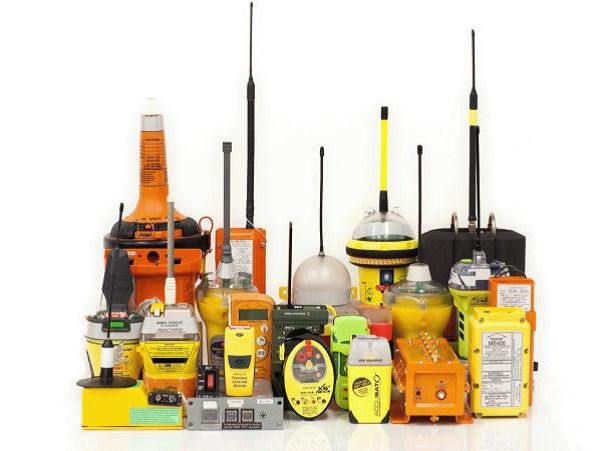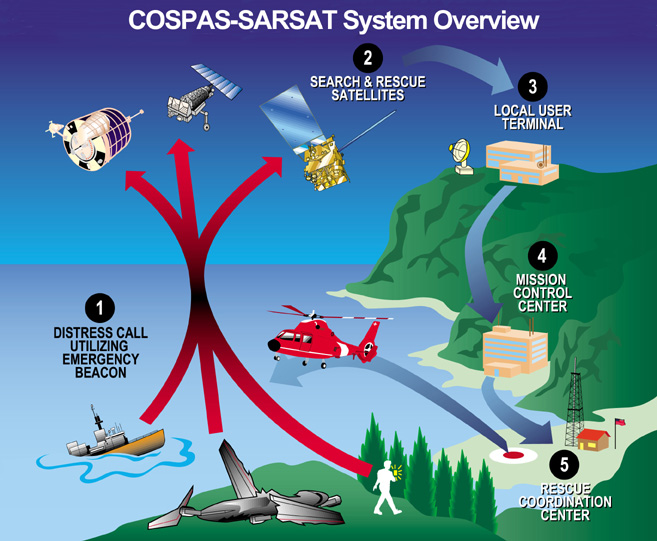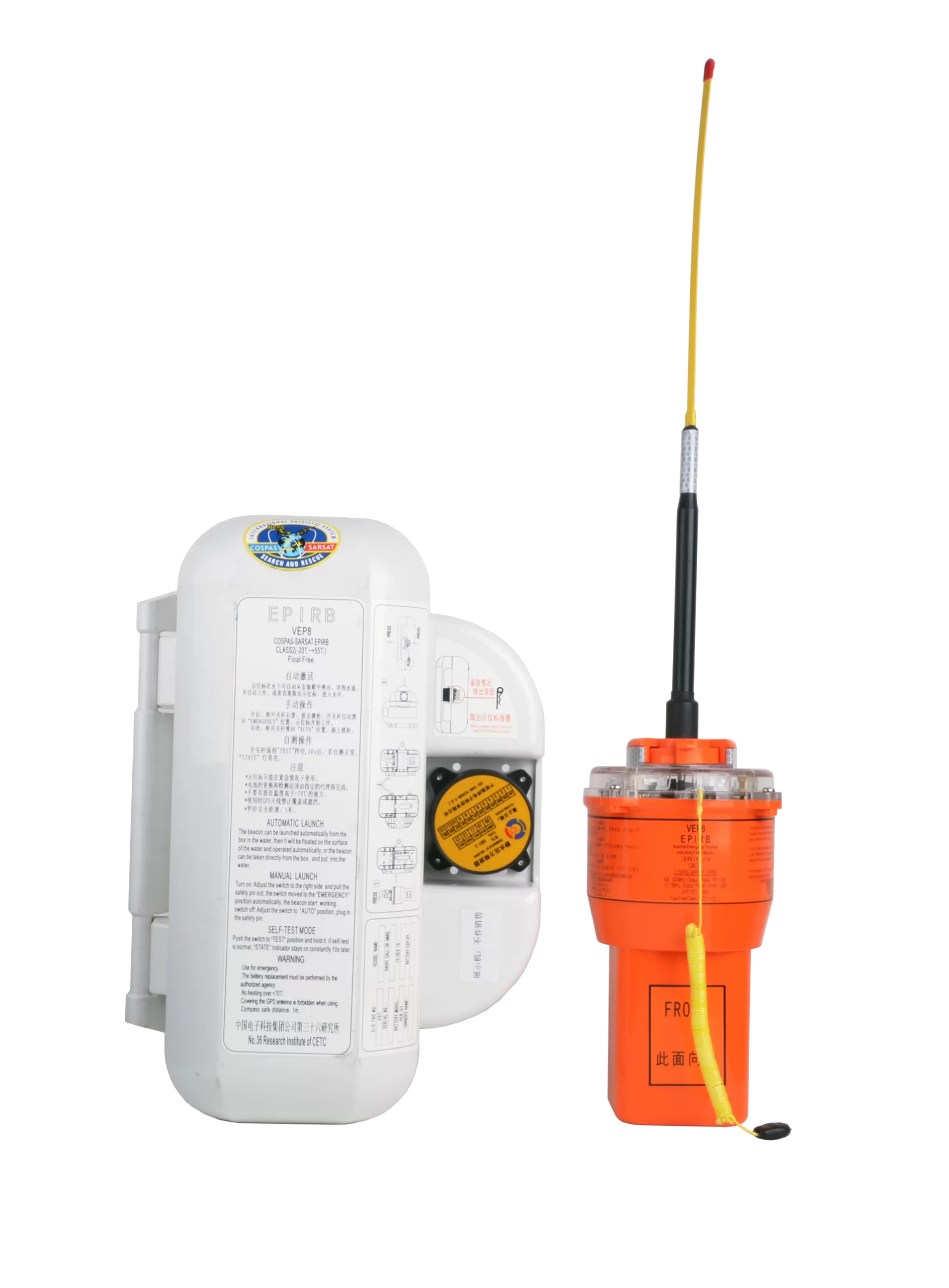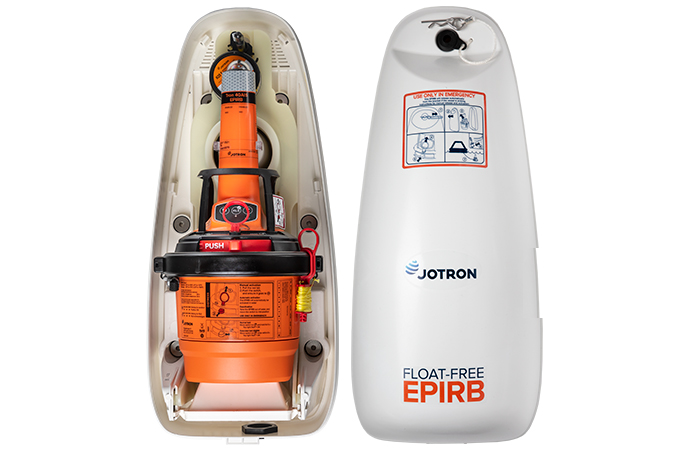EPIRB: Emergency Position Indicating Radio Beacons
SEANAV MARINE is a leading supplier of marine EPIRB, providing high-quality products at competitive prices. EPIRB which we supply are designed to meet the latest international standards and are backed by a comprehensive warranty.





